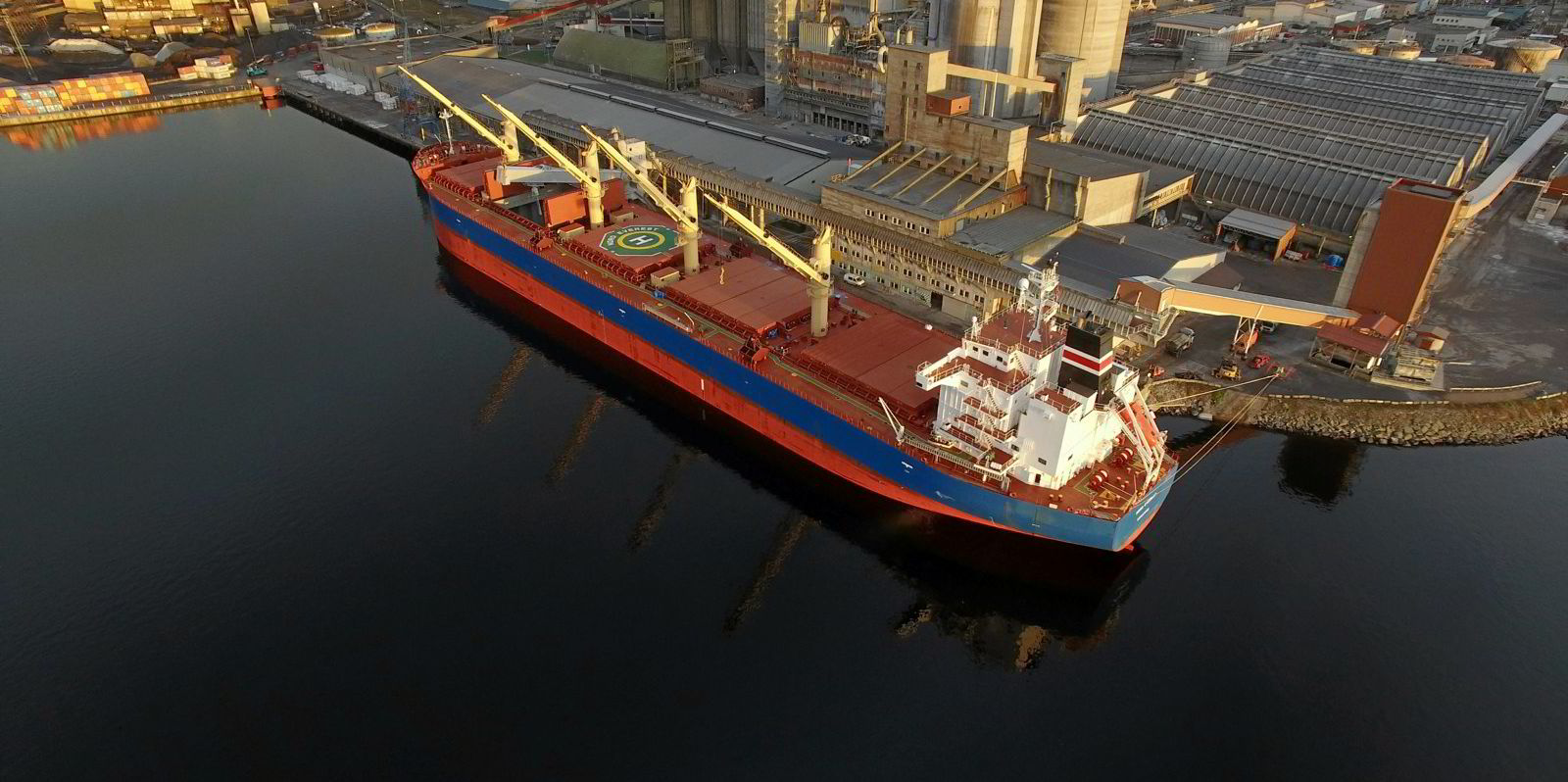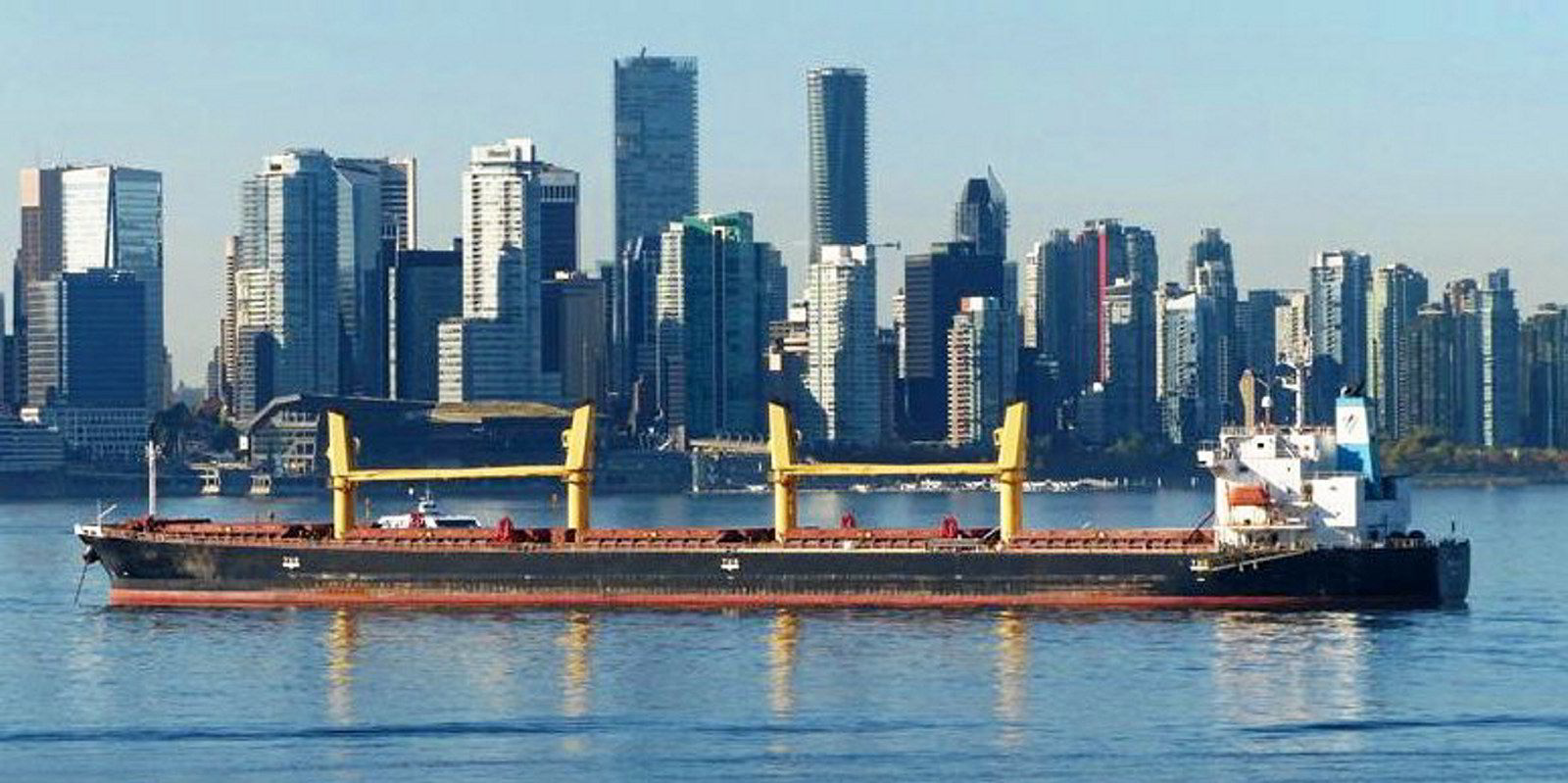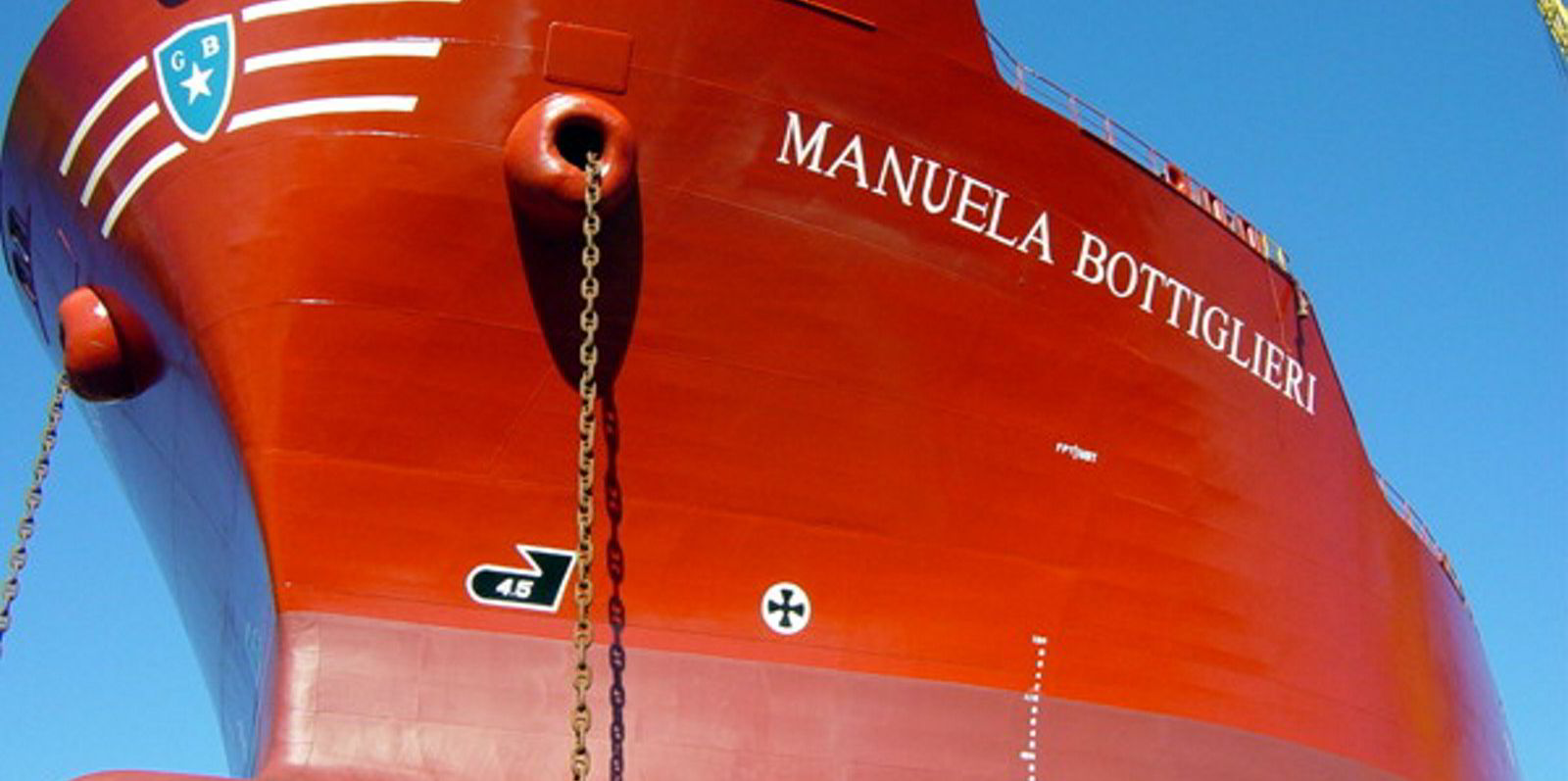Growing demand from the US Gulf and short tonnage lists have helped spot rates for supramax bulkers close to the 11-year high seen in late May.
Spot rates for supramax and ultramaxes rose again on Wednesday, making them the most expensive class of vessel to hire in the spot market, according to Baltic Exchange assessments.
The supramax 10TC — the weighted-average spot rate for 10 key routes — was assessed $329 higher by Baltic panellists at $27,593 per day on Wednesday.
This is just $127 shy of the peak reached on 27 May, which was the highest assessment since June 2010.
"The Pacific and the Atlantic [is] well balanced. The demand of ships is growing continuously, with many of the orders being fixed off market," shipbroker Fearnleys said in its weekly market report on Thursday.
Vessel supply has been tight in the US Gulf and on the US East Coast, which has driven up rates for trips delivering in the regions, as well as the overall 10TC assessment.
Rates for voyages from the US Gulf to China and south Japan were assessed $672 higher on Wednesday and reached $35,603 per day.
This is just a few hundred dollars short of the multi-year high seen in February on the benchmark.
Last week, fixing activity in the Pacific region slowed, causing rates to dip.
But gains were seen on Wednesday for all of the Baltic benchmarks for trips delivering in Asia.
Period market
High rates in the spot market have spurred charterers to take cover in the period market.
On Tuesday, Pan Ocean of South Korea was said to have fixed Meadway Bulkers' 63,476-dwt ultramax Ilektra (built 2017) for one year at a rate of $24,000 per day, delivering in Singapore.
Shorter period contracts have been reported at even higher rates.
Singapore-based operator Propel has fixed Pallonji Shipping's 63,340-dwt MP Ultramax 1 (built 2016) for three to five months at $34,000 per day, delivering in Bangladesh, according to fixtures published by the Baltic Exchange on Monday.
Premium rates
Supramaxes have been trading at a premium to even the super-strong handysize market for the past couple of weeks.
Out of all bulker segments, supramax freight rates have had the most gains since the year began, according to analysis by Braemar ACM Shipbroking.
"Since the start of the year, freight rates for these [supramax] ships have surged by 138% to over $27,000 per day," Nick Ristic, Braemar's lead dry-bulk analyst, said in a report last week.
"This is the greatest YTD [year to date] percentage gain of all of the dry asset classes, and while these ships often outperform cape[sizes] in weak markets, this kind of premium while the wider market is so strong is almost unheard of."
Ristic said broad-based growth in trade volumes for a wide variety of commodities have underpinned this strength.
In May, trade carried on supramaxes grew by 5% month on month and by 17% year on year and totalled more than 102m tonnes, according to the Braemar analysis.
Cargo mix
Much of this trade has been commodities used in steel production, which has tied up supramaxes in long-haul employment.
Grain exports, too, have been strong — especially from Australia, where wheat liftings for supramaxes are up by 170% year on year and totalled 5.7m tonnes in May, most of which ended up in southeast Asia, Braemar said.
The analysis also highlighted that other, lower-profile commodities have also grown in volume and aided demand for supramaxes.
"Supramax shipments of cement so far this year are up by 30% year on year and hit a record 7.8m tonnes in March, accounting for 745 voyages," Ristic said in the note, attributing the demand growth to infrastructural projects in China and developing countries.
For the same reasons, Ristic added that liftings of aggregates on supramaxes are also up by 11% during 2021 so far to almost 30m tonnes, compared with the same period last year.
Need for speed
The supramax fleet is speeding up too.
"Average laden speeds for [supramaxes] jumped to 11.6 knots in May, up by 6% from 2020’s average, while ballast speeds have increased by 3% to 12.1 knots, despite bunker prices also being on the rise," Ristic said in the report.
"At these high utilisation rates, we expect the continued global economic rebound to keep rates elevated over the next few months."










